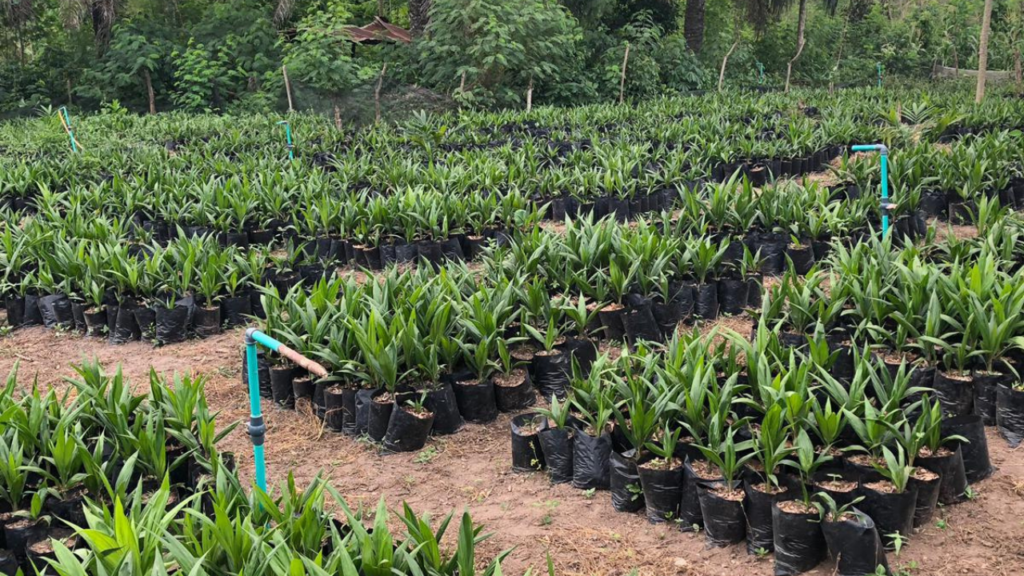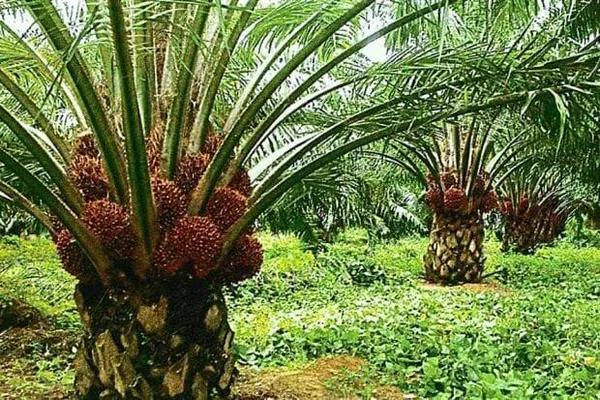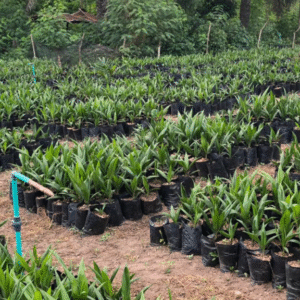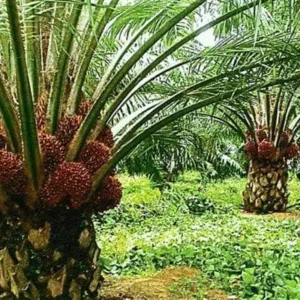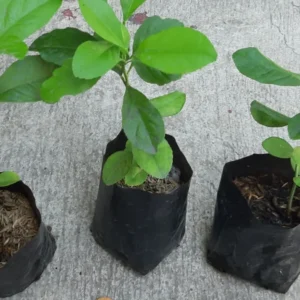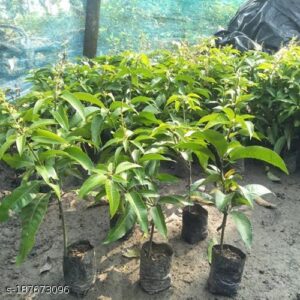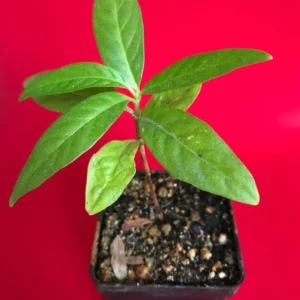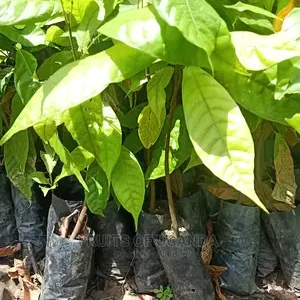🌴 Hybrid Tenera Oil Palm Seedlings
Tenera oil palm is a hybrid variety produced by crossing Dura (thick shell) and Pisifera (shell-less) types. It is the preferred commercial variety for oil palm farming due to its high oil yield, early maturity, and disease resistance.
✅ Key Features of Tenera Oil Palm Seedlings
| Feature | Description |
|---|---|
| 🌱 Type | Hybrid (Dura × Pisifera) |
| ⏳ Fruiting Time | Starts bearing in 2.5 to 3.5 years |
| 🛢️ Oil Yield | High – up to 25–30% oil extraction rate |
| 🌿 Fruiting Life | 25–30 years |
| 📏 Height | 7–10 meters over time (slower growing than wild types) |
| 💧 Water Need | High – thrives with consistent rainfall or irrigation |
| 💰 Commercial Value | Preferred by processing companies and out-grower schemes |
🧑🏽🌾 Benefits of Tenera Oil Palm Seedlings
-
More fruits per bunch and more oil per fruit
-
Thinner shell, which increases oil-to-fruit ratio
-
Suitable for both smallholder and large-scale farms
-
More resistant to diseases and environmental stress
-
Ideal for plantations, agroforestry, or agri-business projects
🌱 How to Plant and Manage Tenera Seedlings
🔹 1. Land Preparation
-
Clear land of trees, stumps, and debris
-
Plough and harrow soil to loosen and improve drainage
🔹 2. Spacing
-
Standard: 9m × 9m triangular spacing
-
Gives 143 palms per acre (or 143–150 palms/acre)
🔹 3. Planting
-
Dig holes: 60 cm x 60 cm x 60 cm
-
Mix topsoil with compost or poultry manure
-
Transplant seedlings when they are 4–6 months old and at least 3–4 leaves tall
🔹 4. Fertilization
-
Apply NPK (15-15-15) every 3–4 months
-
Add magnesium sulphate and boron to prevent leaf yellowing and improve nut development
🔹 5. Weeding & Mulching
-
Weed regularly to reduce competition for nutrients
-
Mulch base with dry grass, palm fronds, or husks
🔹 6. Pest & Disease Management
-
Common issues: bagworms, termites, root rot
-
Use neem-based sprays or recommended agri-approved pesticides

